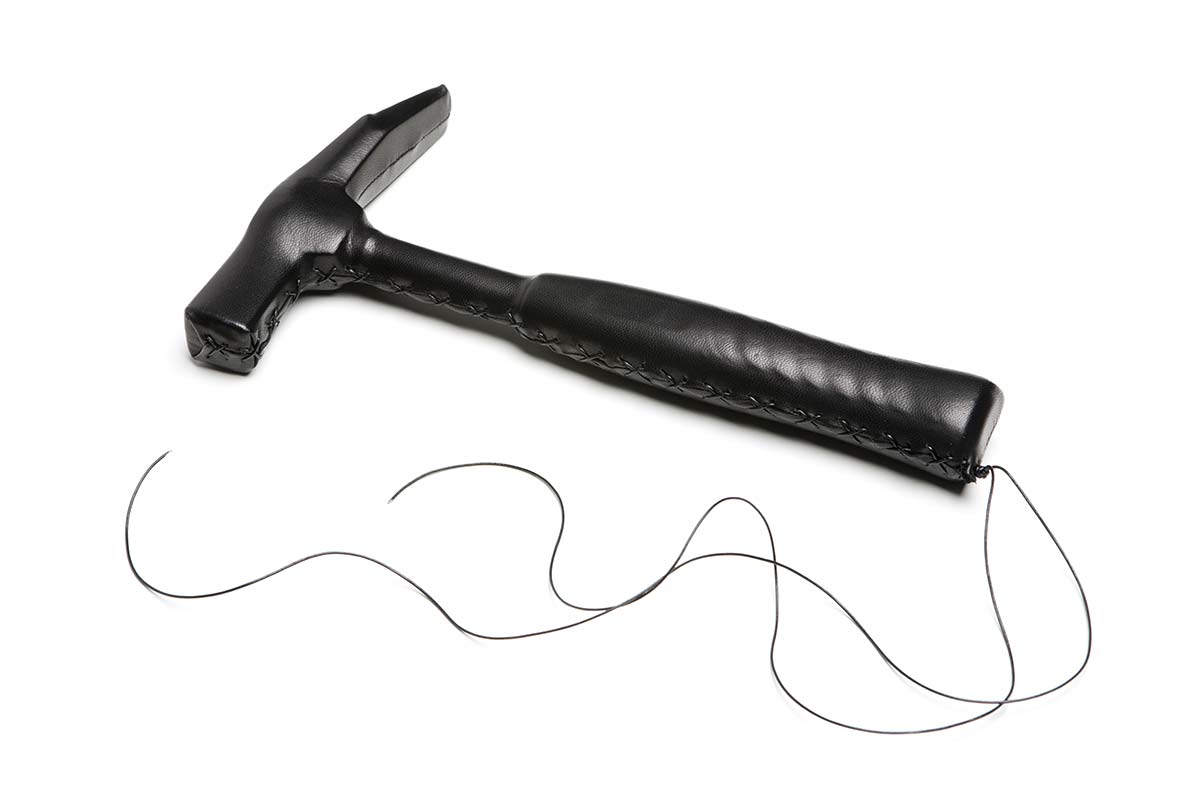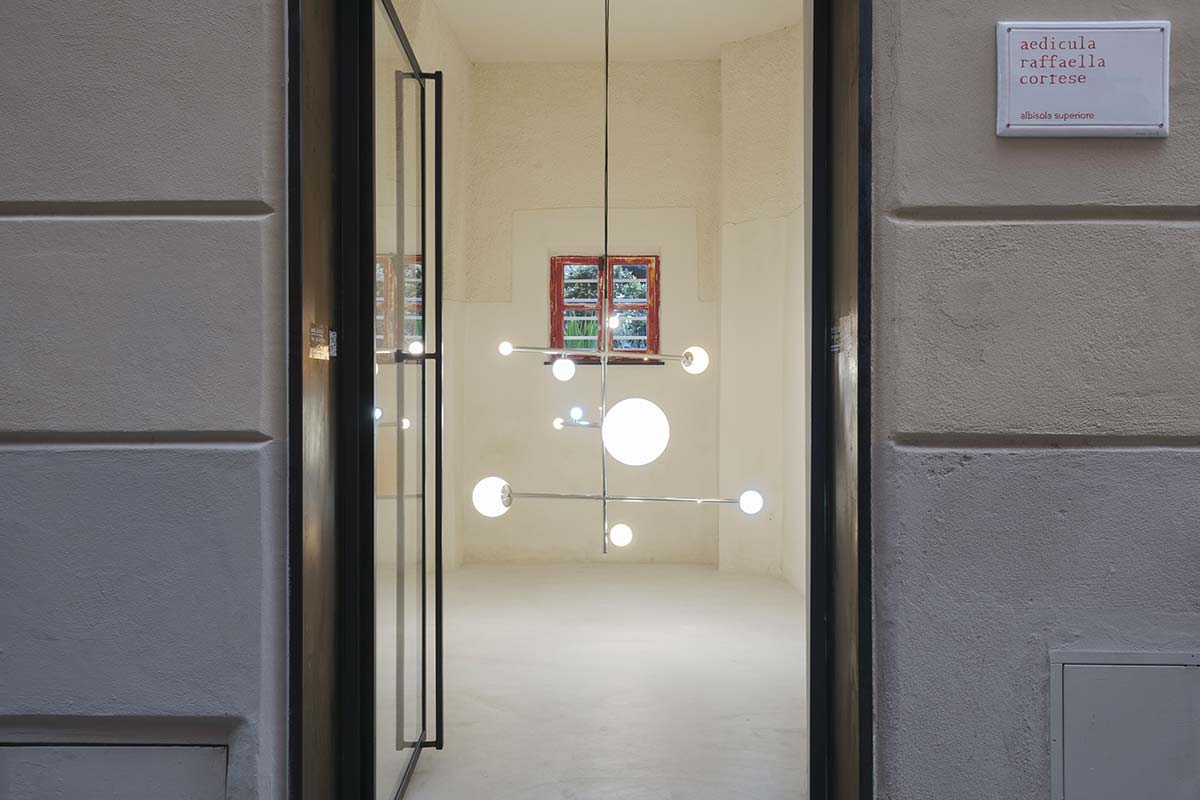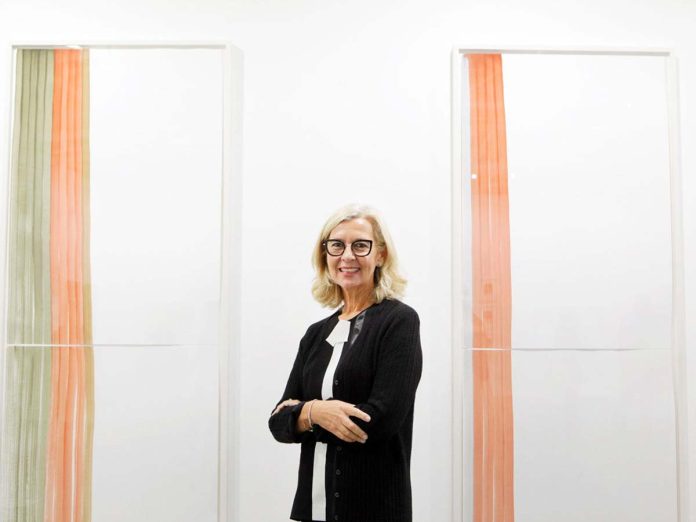What does Art Week and its proximity to Design Week represent for Milan?
The miart fair is an important moment for the art world and the market, that in recent months has been unsettled due to the vulnerable economic and political situation. As well as the fair and Art Week, it is important that the city equip itself with a museum of contemporary art, I have been repeating it tirelessly for 25 years. There is an institutional void, while acknowledging the role of private ones, such as Hangar Pirelli, Fondazione Prada, the ICA and the new Fondazione Rovati, Milan does not yet have a public museum of contemporary art and we should not give up on the idea of having one. The PAC, on the other hand, is an interesting research exhibition centre, with a well-thought-out programme that also makes room for important monographs by Italian artists. I also believe that we could exploit the relationship between contemporary art, design and architecture further. More and more often I see private collections being enriched with works of design, strengthening them more and more. Also let’s not forget that designers and architects are often collectors, and generally care about beauty. Milan in my opinion has vast resources that could be even more fluid between art, design, fashion, architecture and publishing.

What is the relationship between a work of art, architecture and an object of design?
I have always moved in an area that is very close to architecture. Monica Bonvicini says for example that “humans cannot do without architecture”. It comes to mind her photographic exploration of the houses that I call ‘bipolar’, that are the portrait of a society, a family, a place that is where she comes from. At home, I have a hammer by Monica Bonvicini, completely covered in stitched leather. It is a sculpture but it is also an object used for architectural construction and even a potential instrument of domestic violence. It takes on different meanings. At all levels, I always encounter this love my artists have for architecture.

What will the gallery be presenting for Art Week?
We have three shows: one by Joan Jonas and one by Simone Forti, artists with a strong connection because they are two performers who are around the same age and know and value one another a lot. Then we have an exhibition-landscape by Kiki Smith, who has populated the gallery space with animals, such as birds and cats, and reconnected to the sculptures that are now at City Life: two large bronze cats, because she was struck by the fact that in Milan there are no stray cats. and wanted to give them back to us on a grand scale. Visitors to Art Week in the city will therefore be able to see these sculptures in the ArtLine park, another by Kiki Smith at NCTM studio, Marcello Maloberti’s spectacular neon at the Shoah Memorial and Kimsooja’s installation in the Portinari Chapel of the Basilica of Sant’Eustorgio.

You have opened a new space at Albisola Superiore.
Aedicula at Albisola is one of my greatest satisfactions of the last year: twelve square metres that has made me think that you can still do beautiful and important projects with a small space and basic resources. We opened showing a work by Marcello Maloberti, Amore portami dove sono, a delicate phrase that has been very well received also by a local audience, who have partly forgotten the wonderful past that the town had in the 1960s with extraordinary artists like Lucio Fontana, Giuseppe Capogrossi and Leoncillo. I have enjoyed working in a place that is important to the history of art, with the aim of reactivating its glorious past.

What is your personal connection with Albisola?
I was born in May and a few days later my mother placed me under a parasol at the Bagni Miramare. She took long holidays and the Bagni were still frequented by Milena Milani, writer and ceramicist, and partner of Carlo Cardazzo, a leading gallery owner who was able to attract extraordinary artists. Fontana’s studio is still at Albisola, there is a promenade that some still describe as the first public work of art, along which there are beautiful Nature bronze sculptures by Fontana.







